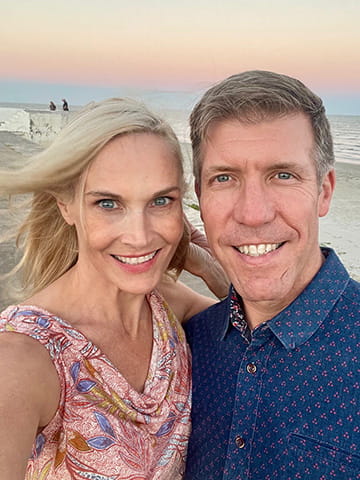Together We Can Prevent Stroke
Having a stroke puts you at higher risk for a second one. Take small steps to defeat stroke.
Prevent a Second Stroke
Secondary Stroke Prevention
Talk to your doctor about a prevention plan that could include:
Managing High Blood Pressure
Controlling Cholesterol
Manage Blood Glucose
Being Active
Eating Better
Losing Weight
Quit Smoking/Tobacco/Vaping
Take prescribed medications and check with your doctor before making any changes.
Resources for Preventing Another Stroke
- High Blood Pressure and Stroke Infographic
- Preventing Another Stroke - 2021 Guidelines (PDF)
- I AM Determined to Prevent Another Stroke Infographic
- ESTOY decidido a prevenir otro ataque o derrame cerebral infografía
- I WILL Prevent Another Heart Attack or Stroke (Video)
- What To Do Instead of Having Another Stroke (PDF)
- Secondary Stroke Prevention Checklist for Health Care Professionals
- Taking Steps to Prevent Another Stroke
- Life After Stroke guide (PDF)
- Guía de la vida tras un ataque cerebral (PDF)
- 5 Key Facts About Stroke Infographic
- 5 hechos clave sobre el ataque cerebral infografía
- No Tendré Más Ataques Cardíacos ni Cerebrales (Video)
- Aspirin and Stroke
Stroke is an EMERGENCY. Call 911 if these signs are present.




Together to End Stroke Anthem
This video brings awareness to the American Stroke Association’s consumer initiative Together to End Stroke which aims to educate consumers that stroke is largely preventable, treatable and beatable.

Read Laura’s storySurvivor Story: Laura Sammons
What started for Laura Sammons and her family in 2017 as a routine weekend drive in the Houston area took a treacherous turn. As she approached an intersection with a stoplight, she blanked out and had no idea how to drive.
Sammons was having a stroke. A year and a half before this, she had experienced a transient ischemic attack, or TIA,— also known as a “warning stroke.”